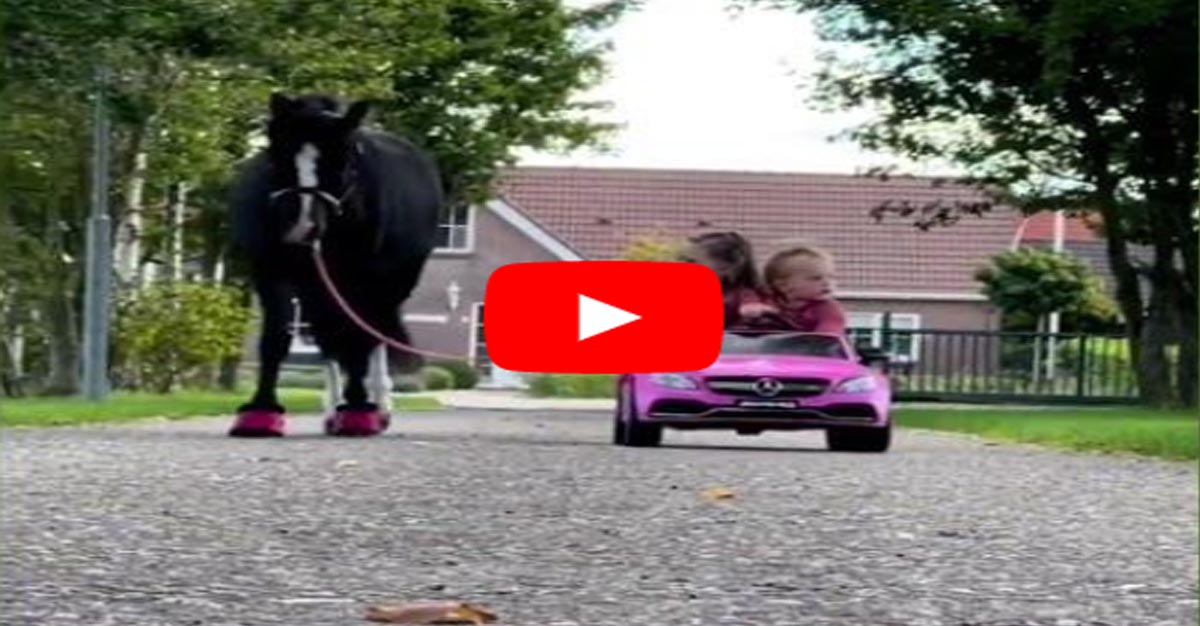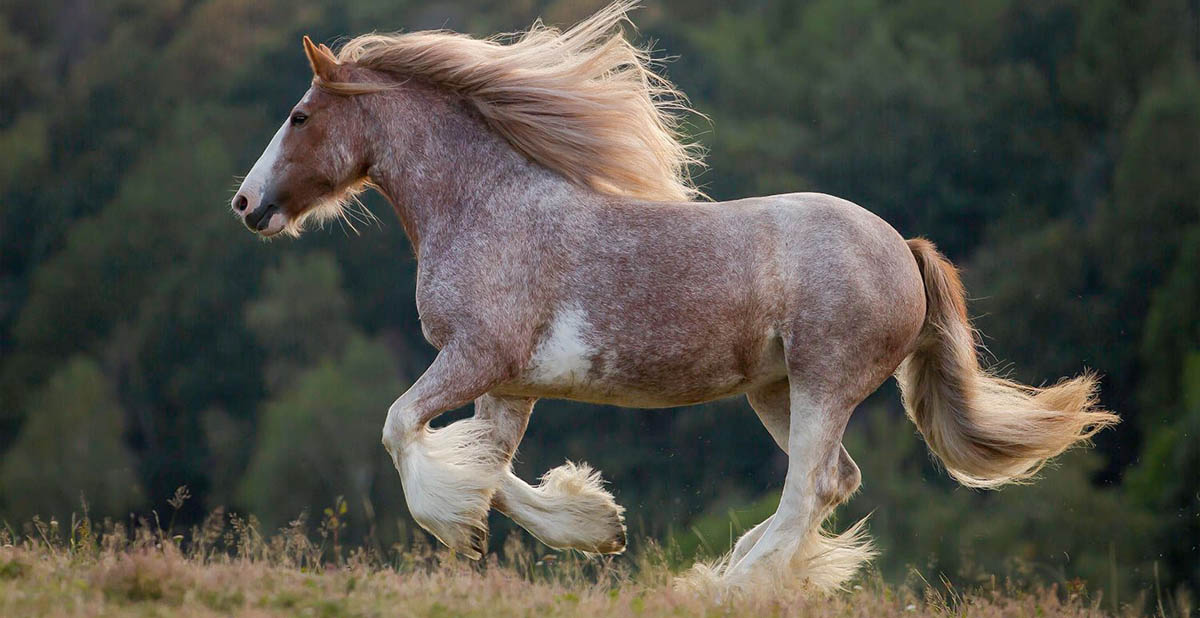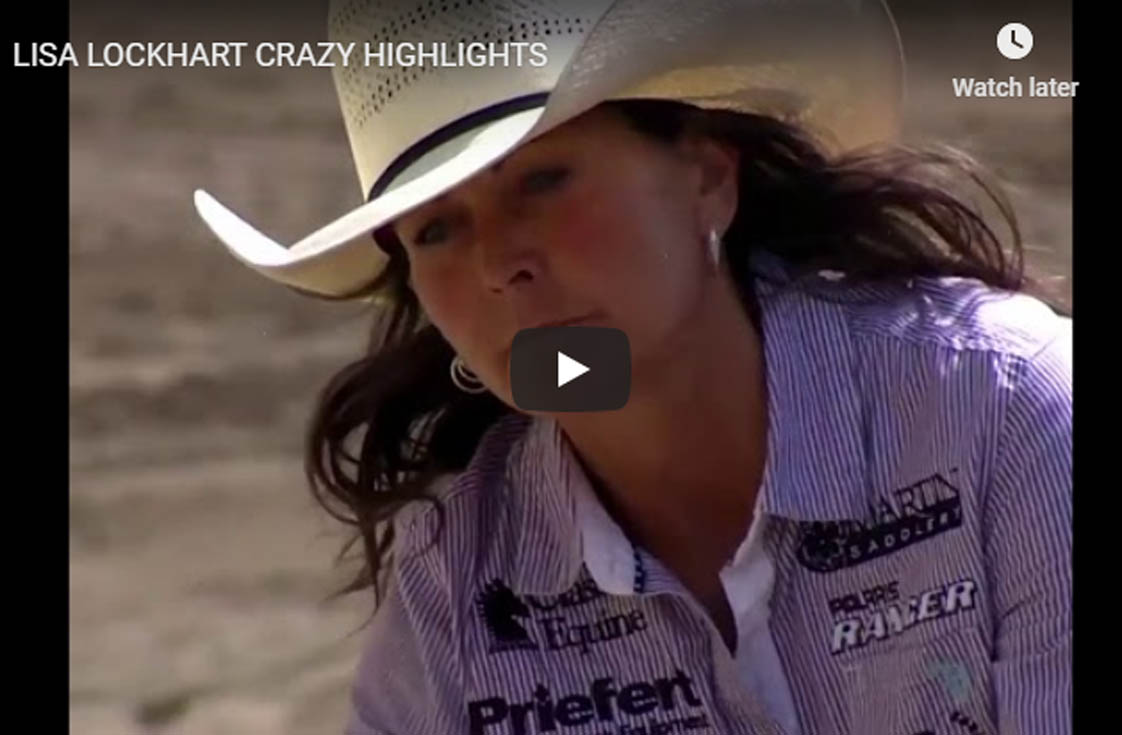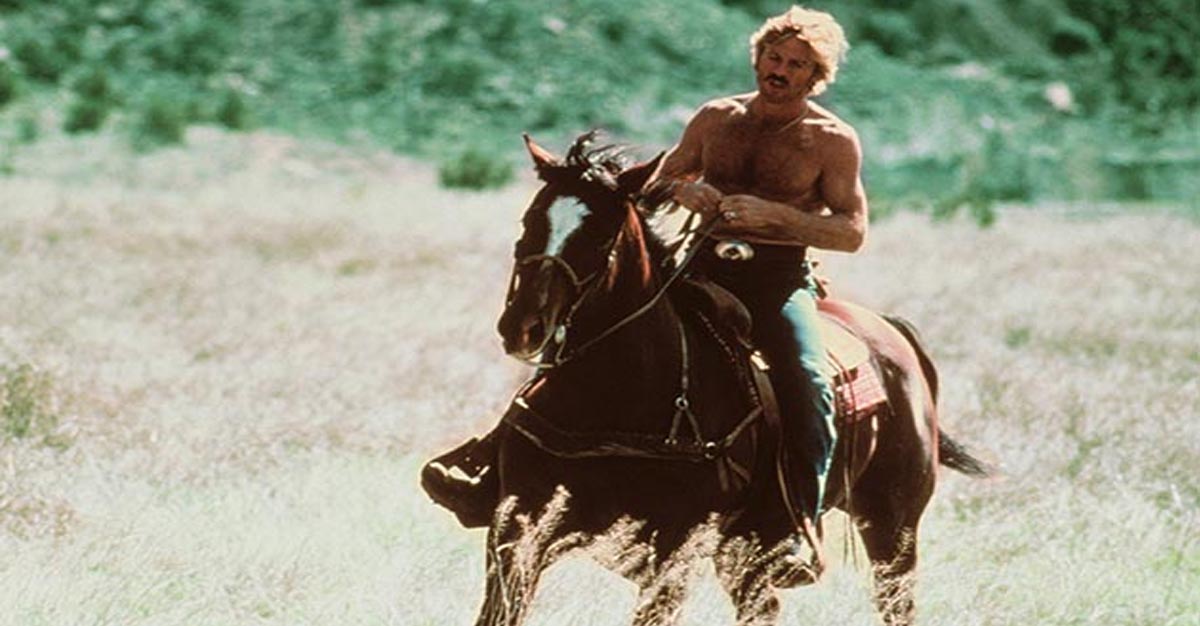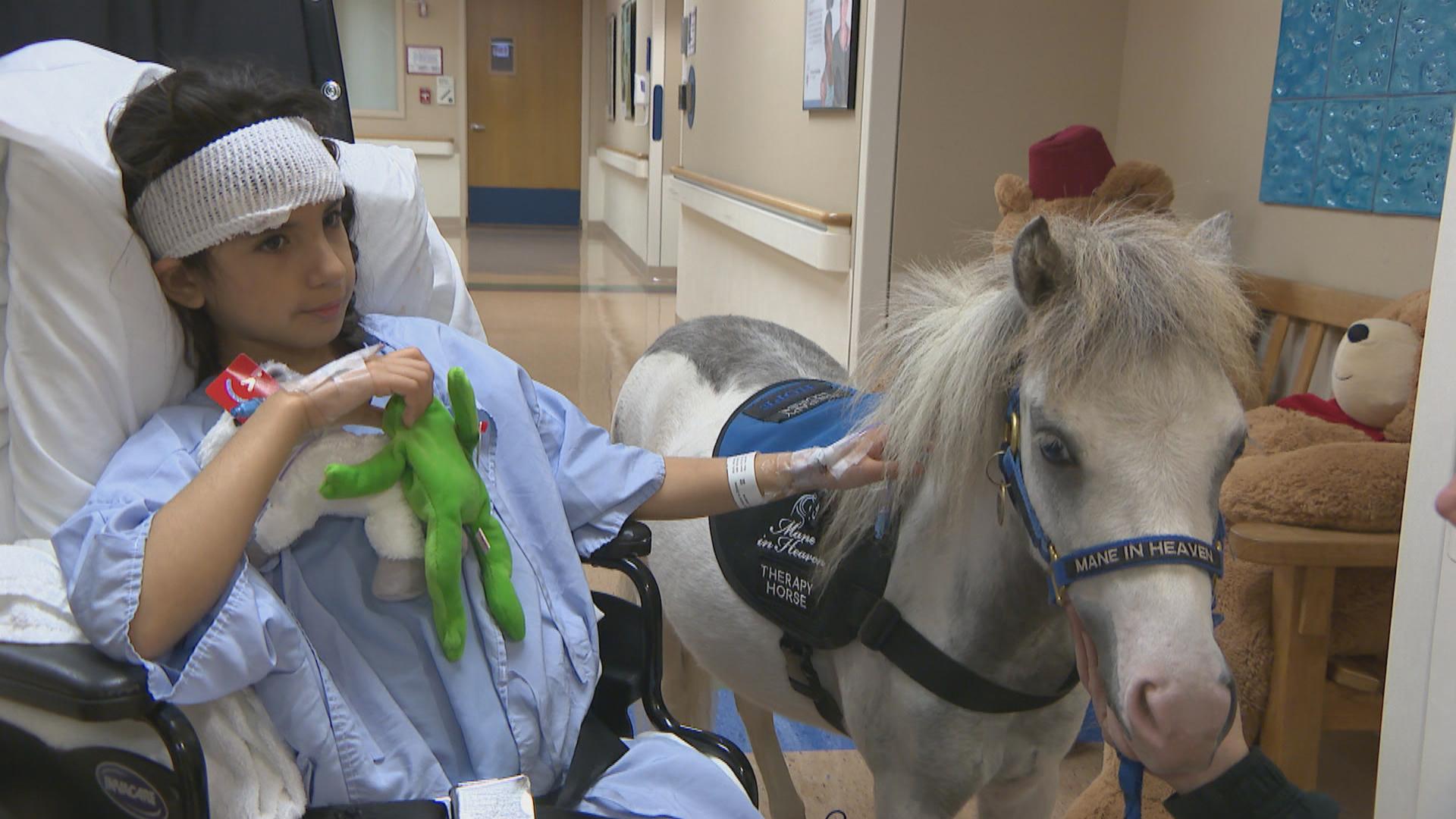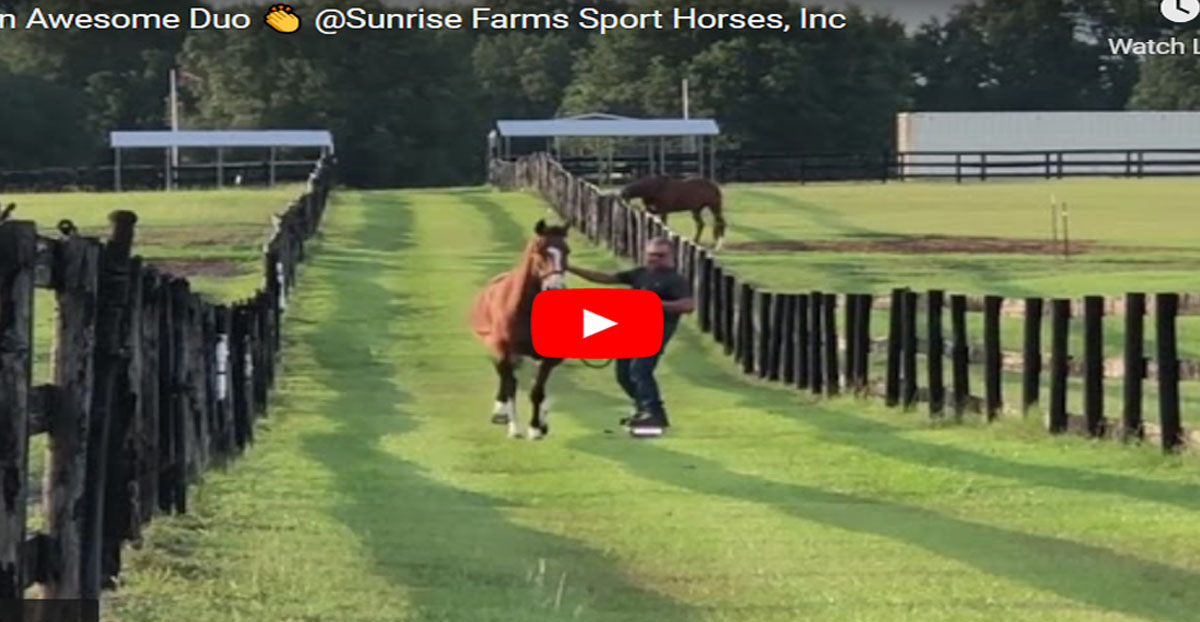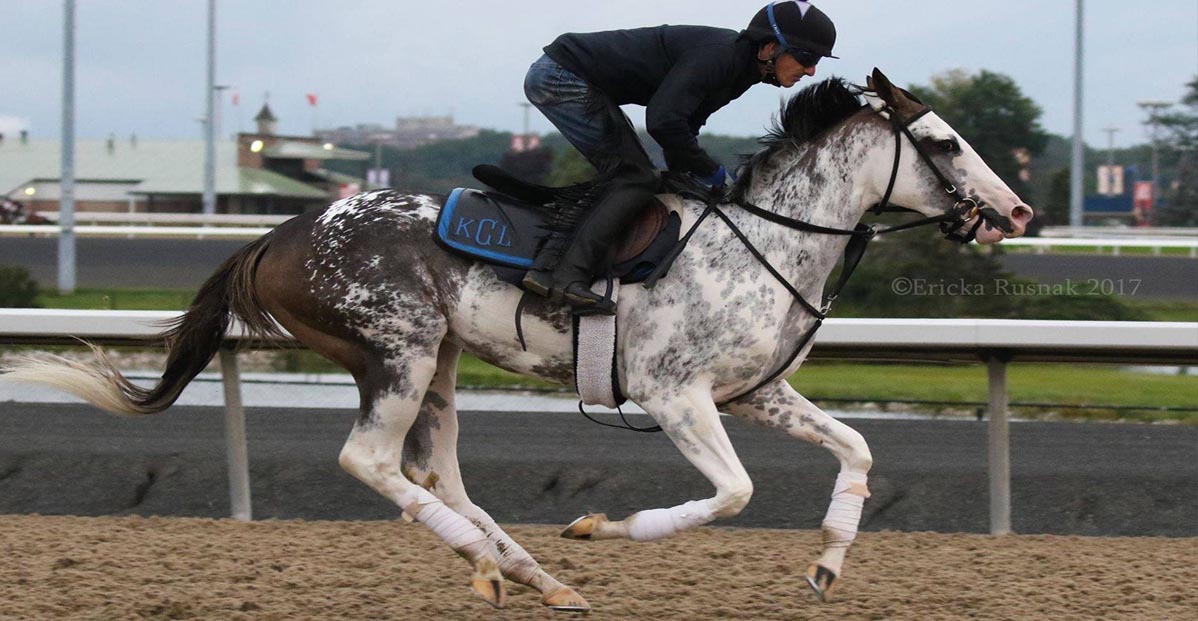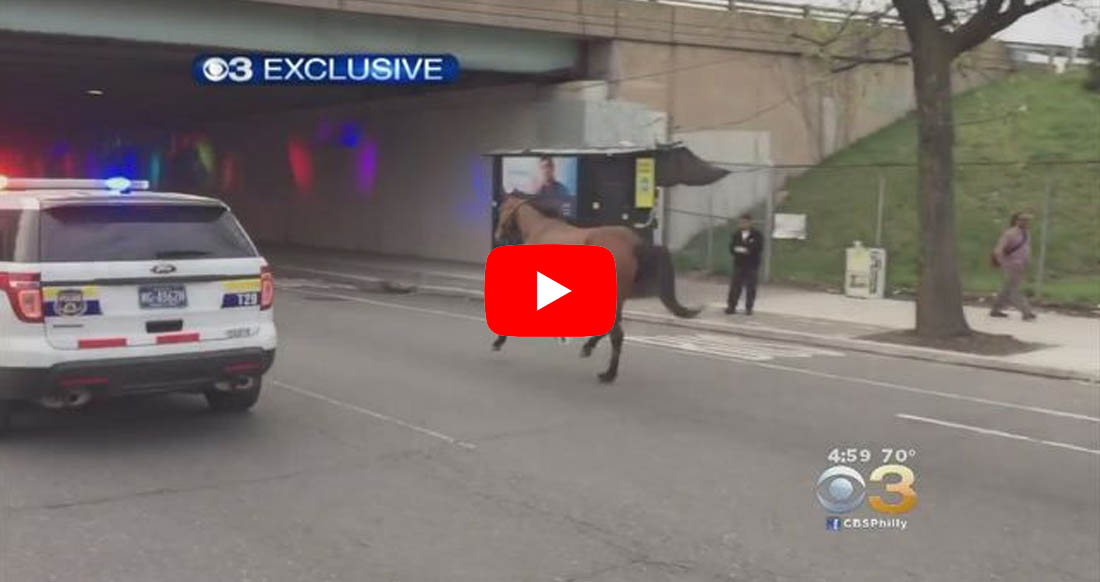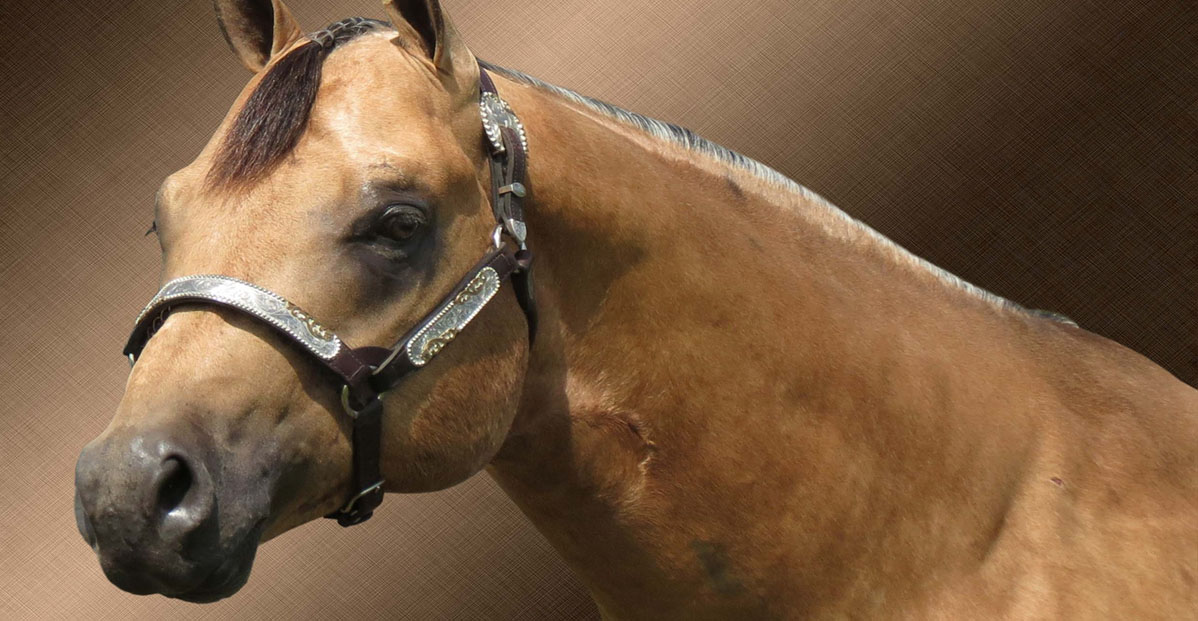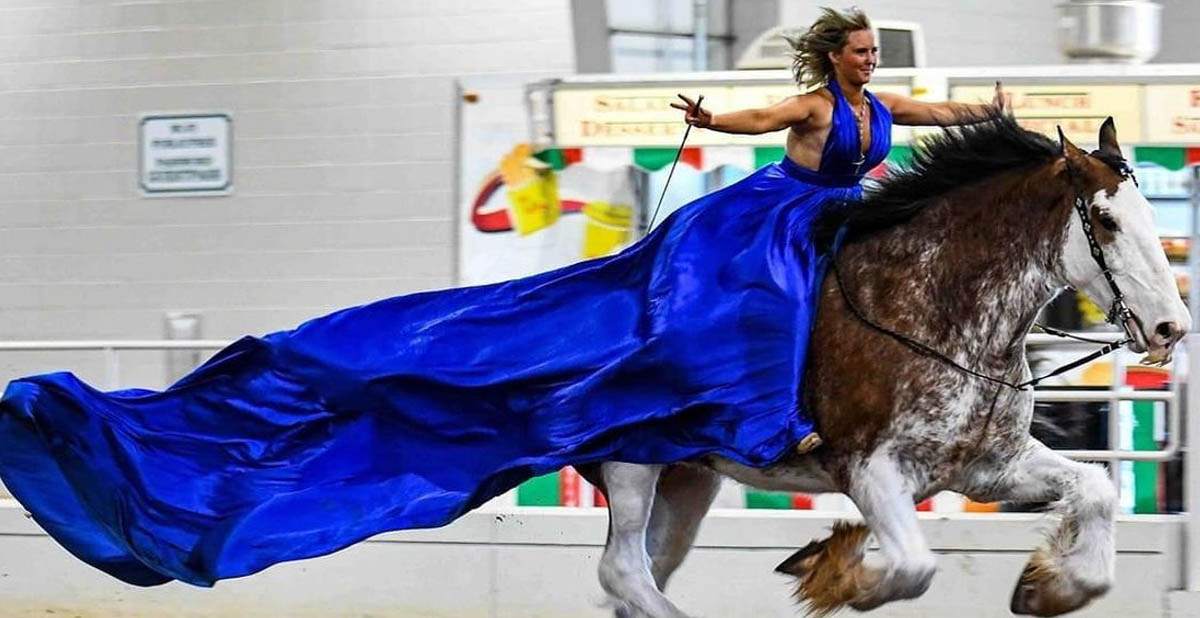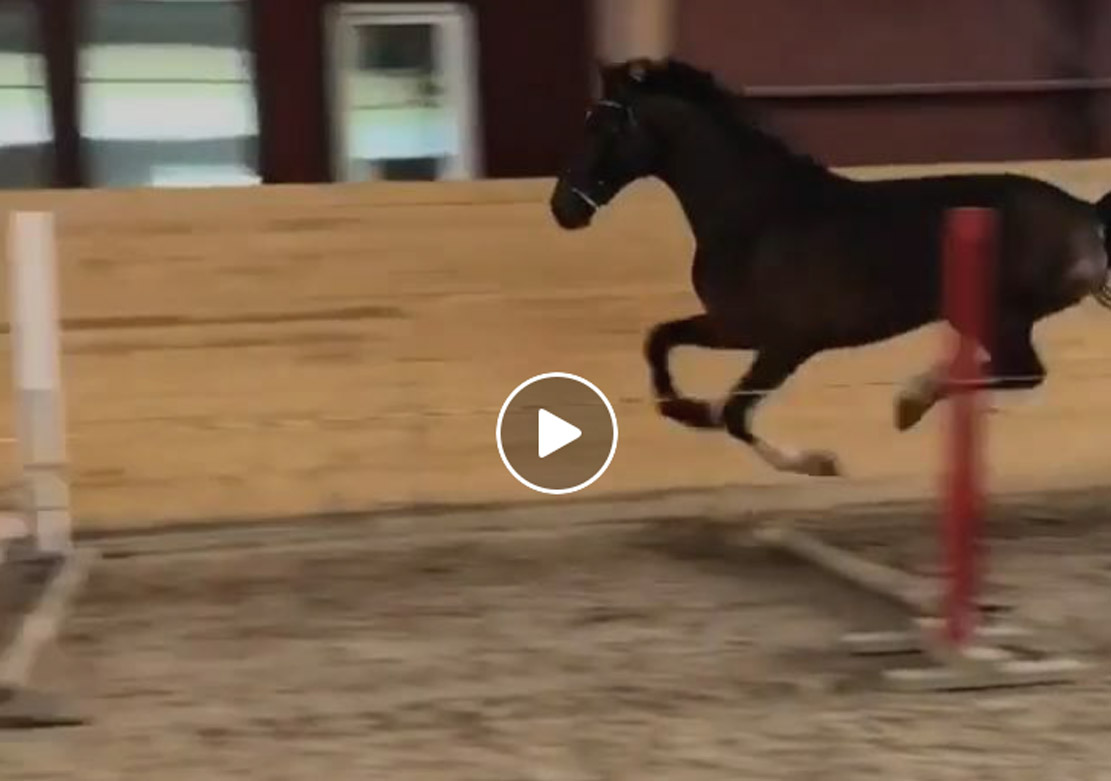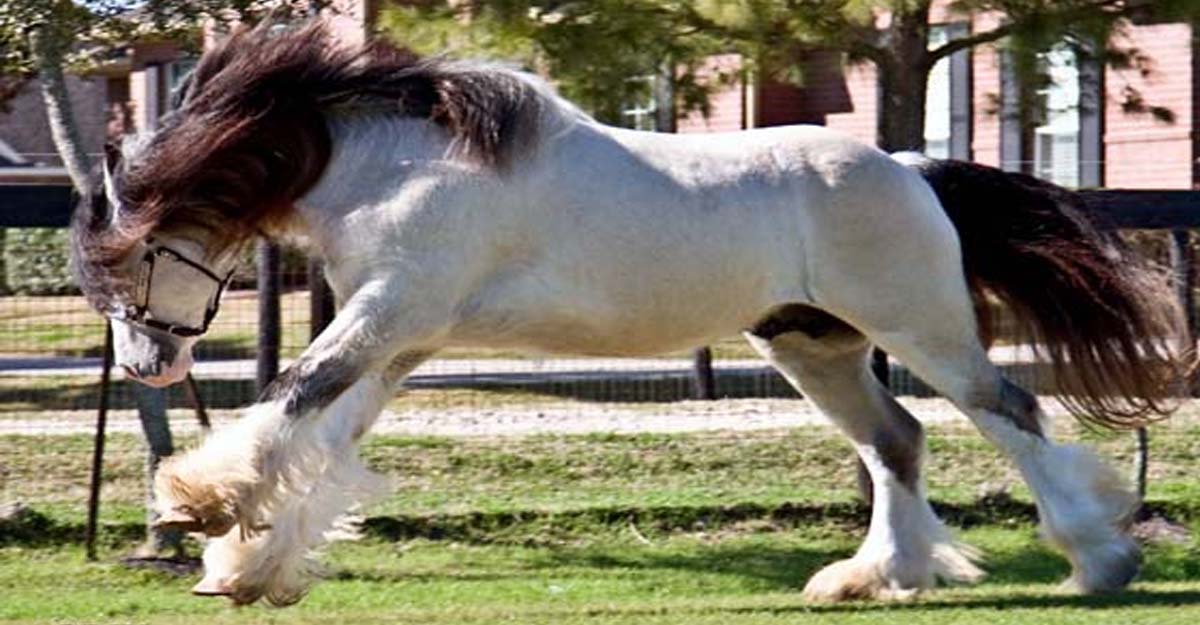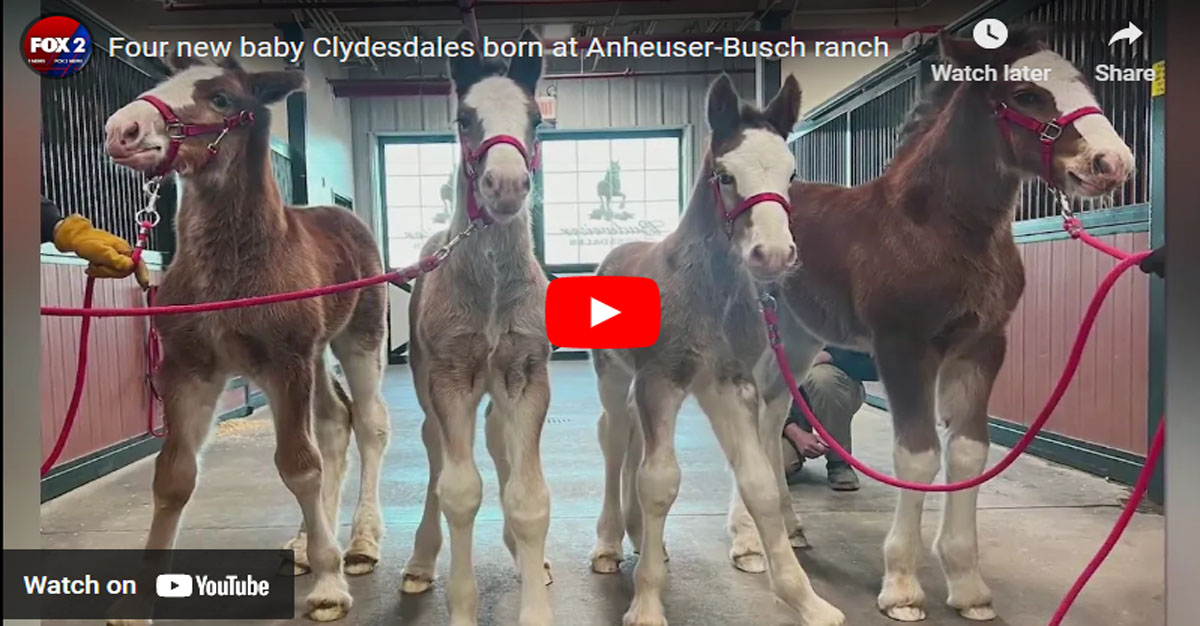Classical Dressage
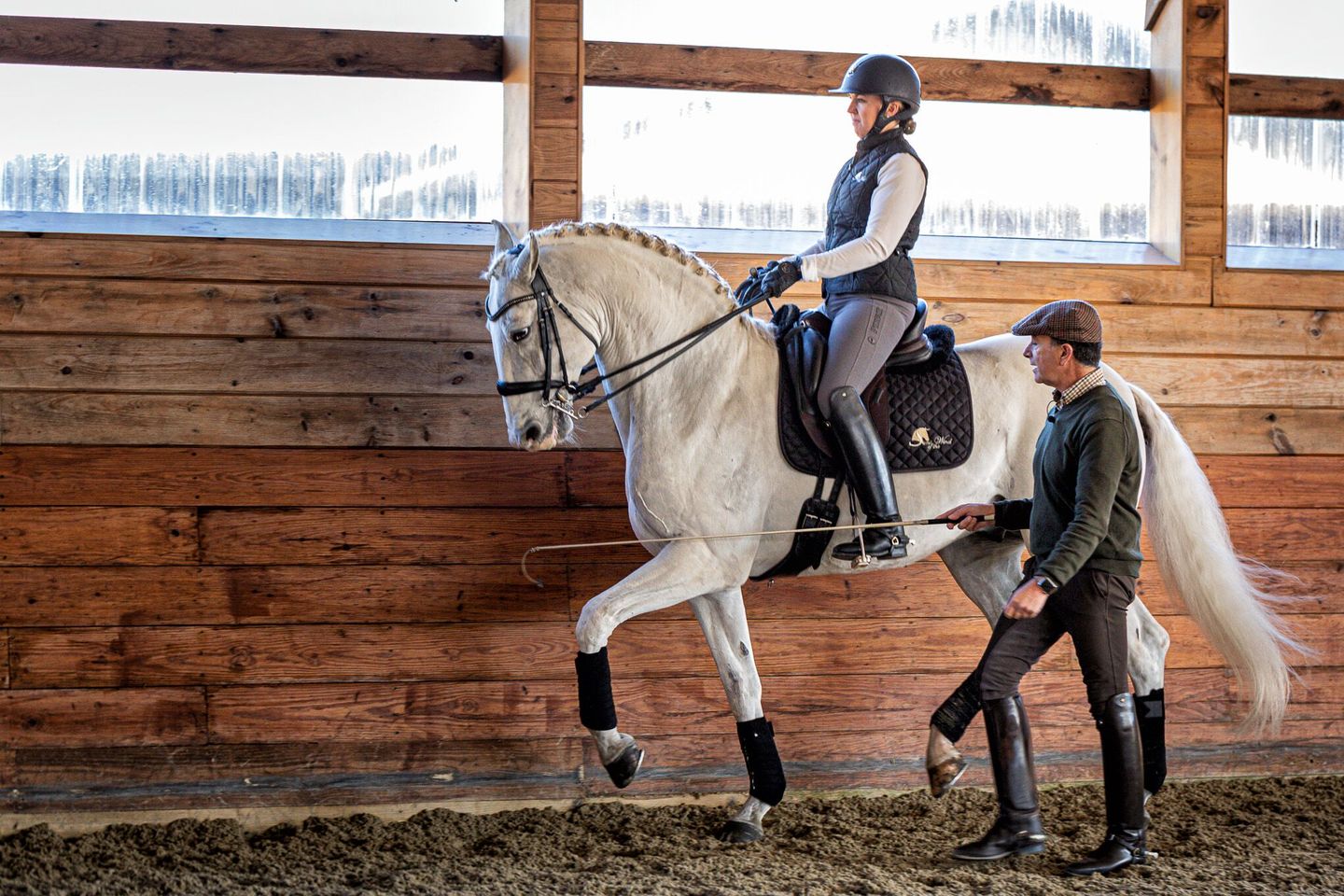 Classical DressageThroughout history, horses have been a cornerstone for success. Whether it be for war, agricultural needs, or transportation, humans found that not only do we need horses to listen to us, but we need to listen to them as well. Opening a pathway for communication is a large part of classical dressage. The rider and horse both must understand each other to fully communicate and be successful. Learning how to do this is not commonly found in a competition arena, but it is in training, lessons, and clinics.WHAT IS CLASSICAL DRESSAGE? Vitor Silva, Classical Dressage Master of Sons of the Winds in Merrimack, MA, has been training both horse and rider to listen and communicate with each other for decades. He defines classical dressage as developing the natural movements of the horse through patience and practice. `The way we start the horse, the horse needs to develop balance and obedience in the three gaits,` says Vitor. `And the rider needs to develop balance and obedience to the instructor.` Once the rider is open to listening, the next step is understanding why they perform each movement, rather than blindly listening to instruction. With a strong base of learning and understanding, students have a better chance of continuing to have an open conversation with their mounts. Vitor simply states why it is vital to have this open communication. `It`s how we can develop using dressage movements to improve the balance [of the rider]. Obviously when you improve the balance, it improves the obedience of the horse and ultimately improves the performance of the horse.` 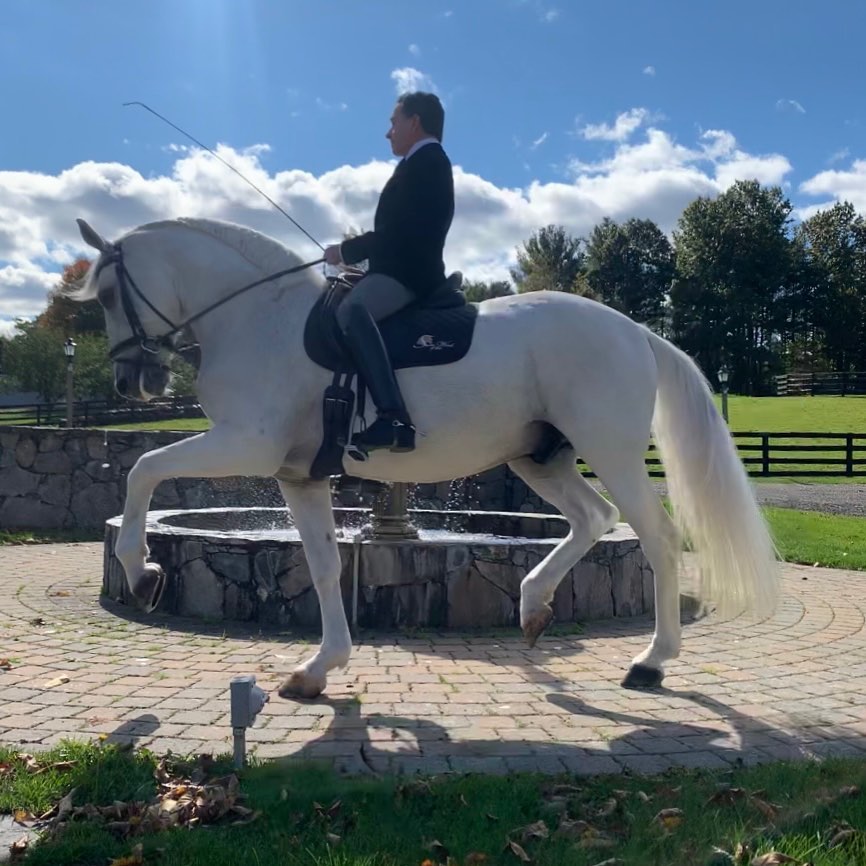 When it comes to the staples of classic dressage, they may seem very simple; however, achieving them is not. According to Vitor, the first step is to take your time and have patience. The second is to be sure that the horse is in balance, and the third is to make sure the horse listens to your aids. Fourth, be sure that you and the horse are in sync. Fifth, the horse must be able to move properly, by stretching, collecting, and bending through his body. He says the end result is, `You get the horse that you [have] always dreamed of. Take your time.` Taking short cuts will not work; according to Vitor, taking the time to be sure the student fully understands will prevent future shortcomings. In order to learn any new discipline, it is important to start from the very beginning. This is why it`s best for students to go back to the basics, and start simple. By bringing students back to the longe line, they can perfect balance and understand the fundamentals of riding. `It is what I call taking an MRI in riding, because the rider will find their center, they will find their aids, they will start to feel the motion and the movement of the horse, and I think it`s a great way of transmitting to them what they need to feel,` says Vitor. Next comes working on long lines, with and without stirrups and reins, to help the student feel the lateral movements. Once Vitor feels the student has a basic understanding, he will put them on a few different horses to see which one is a good match. This process is pretty simple - it mostly depends on how open people are, what kind of horse the rider needs, what kind of rider the horse needs, and an overall gut feeling about the match. A proper pairing will help in the success of both horse and rider. WHAT ARE THE BIGGEST CHALLENGES? The most difficult part of classical dressage, according to Vitor, is to have a horse with straightness. It is difficult for humans, who are usually not in full balance, to be able to work in balance with an animal, so to have a horse himself be fully straight to begin with is necessary, and also quite difficult to come by. Developing this straightness is something Vitor teaches his master horses, before focusing on the student developing the balance. Vitor compares a rider`s balance to writing with the opposite hand. You know what it needs to look like, you know how to spell the word, and it seems like a simple task that you understand, but you can`t perform it. With practice and time, this can be taught. He says people may blame the pen or paper - i.e. the horse or the saddle - but at the end of the day, it`s the most difficult thing to achieve because practice takes time and the person may not see results for a period of time. THE DEVELOPMENT OF CLASSICAL DRESSAGE All over the world, riders have different techniques, yet similar principals. With the growing technology and access to worldwide information, Vitor feels the equine industry, especially in terms of learning the principals of classical dressage, has changed. `The riders in general have become better, [they] have become more conscious. They are not using as much force,` he says. This, in part, is why classical dressage is thriving. There is a high demand of people who want to learn and the industry welcomes all riders, because all riders ultimately have the same goal. All disciplines can benefit from integrating classical dressage and developing a better dialog with the horse. Vitor sums it up perfectly, `By the end of the day, no matter what you and your horse do, no matter what saddle you have, we just have to ride well; walk, trot, canter.` |
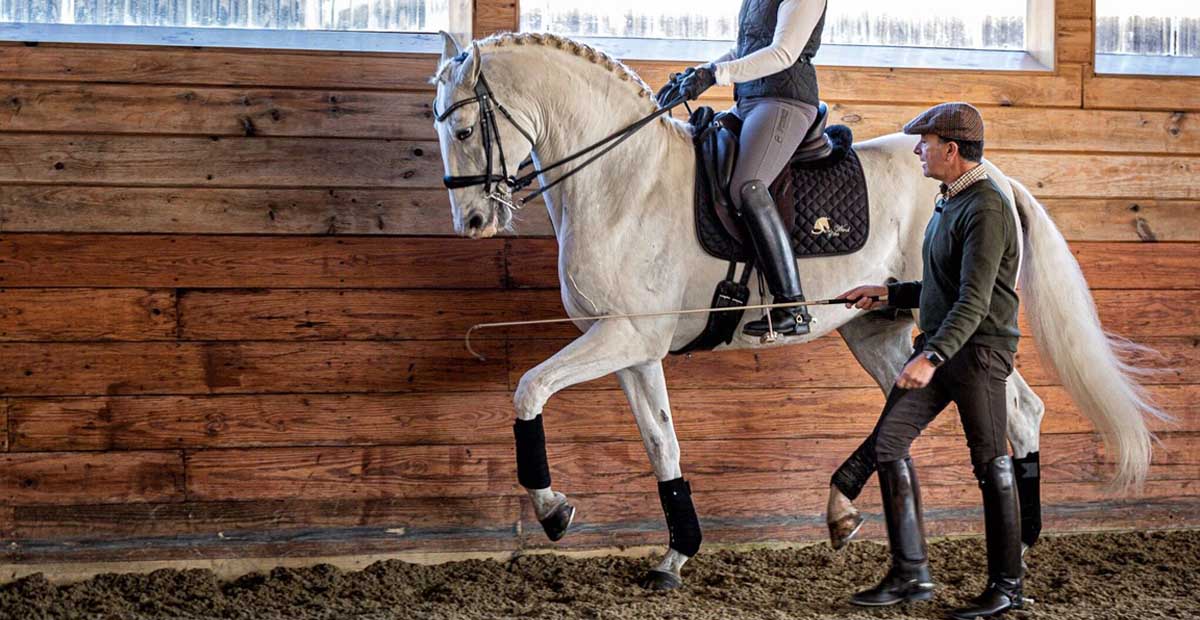


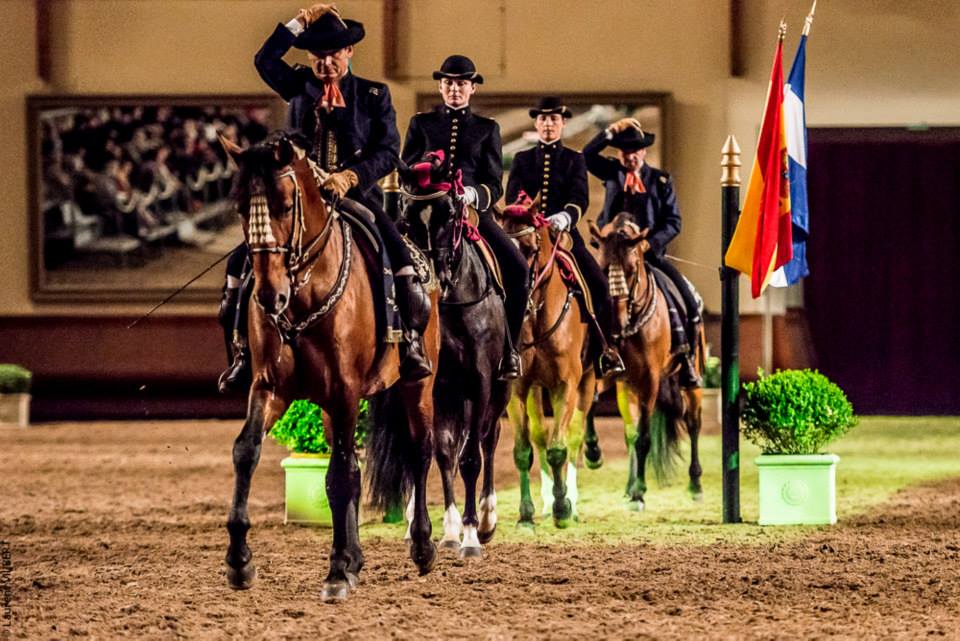 Cadre Noir De Saumur - Dressage Display
Cadre Noir De Saumur - Dressage Display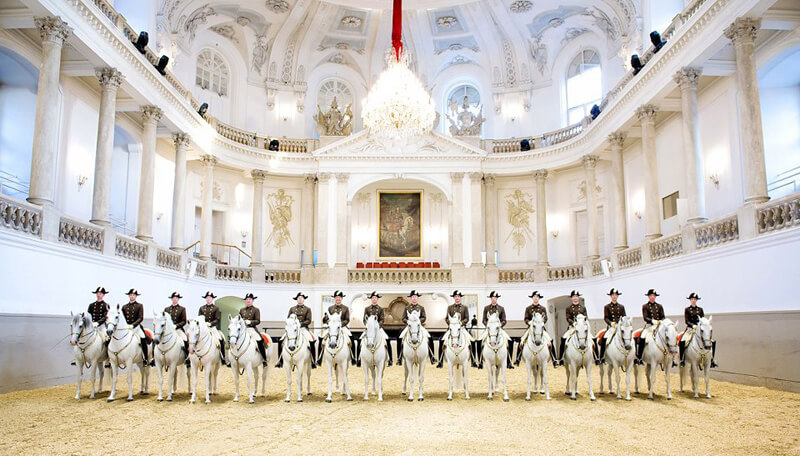 The Spanish Riding School of Vienna
The Spanish Riding School of Vienna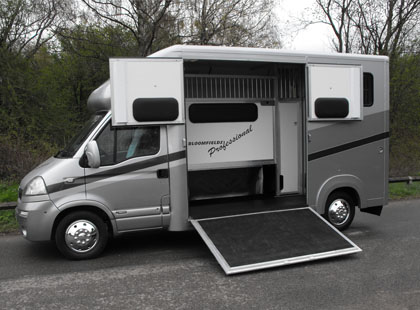
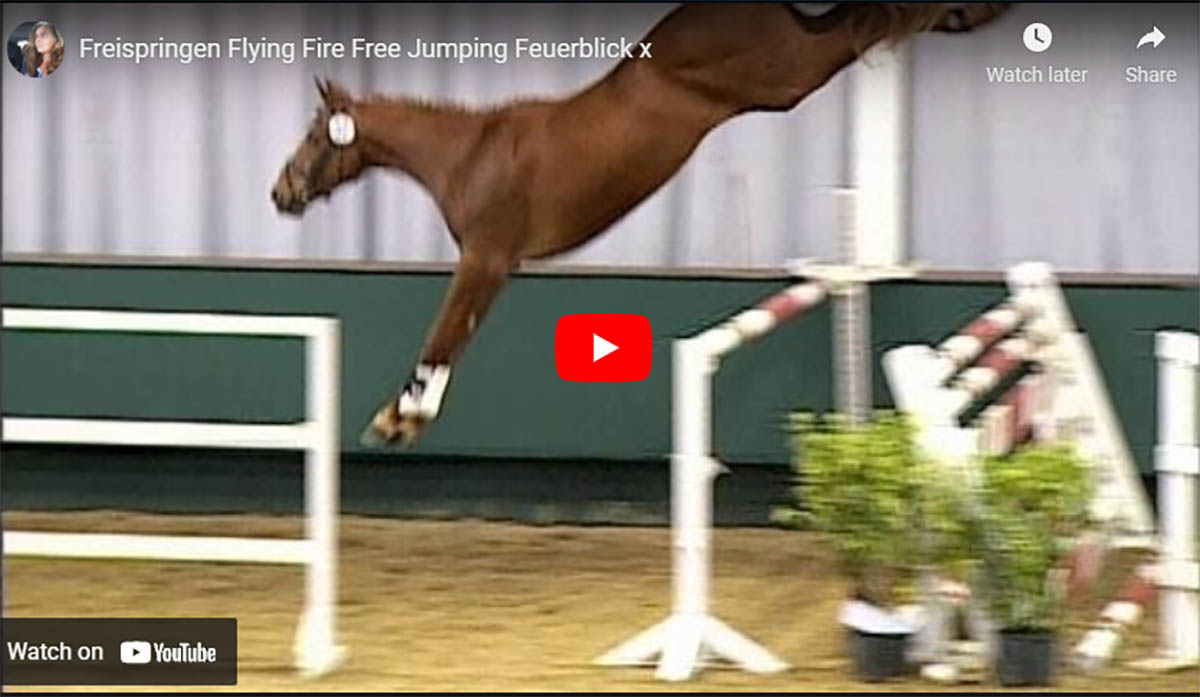
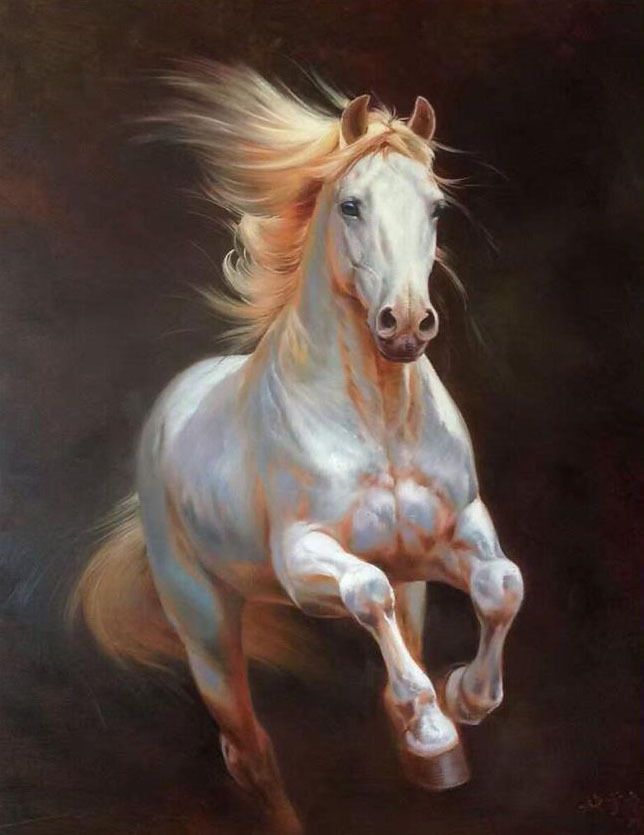
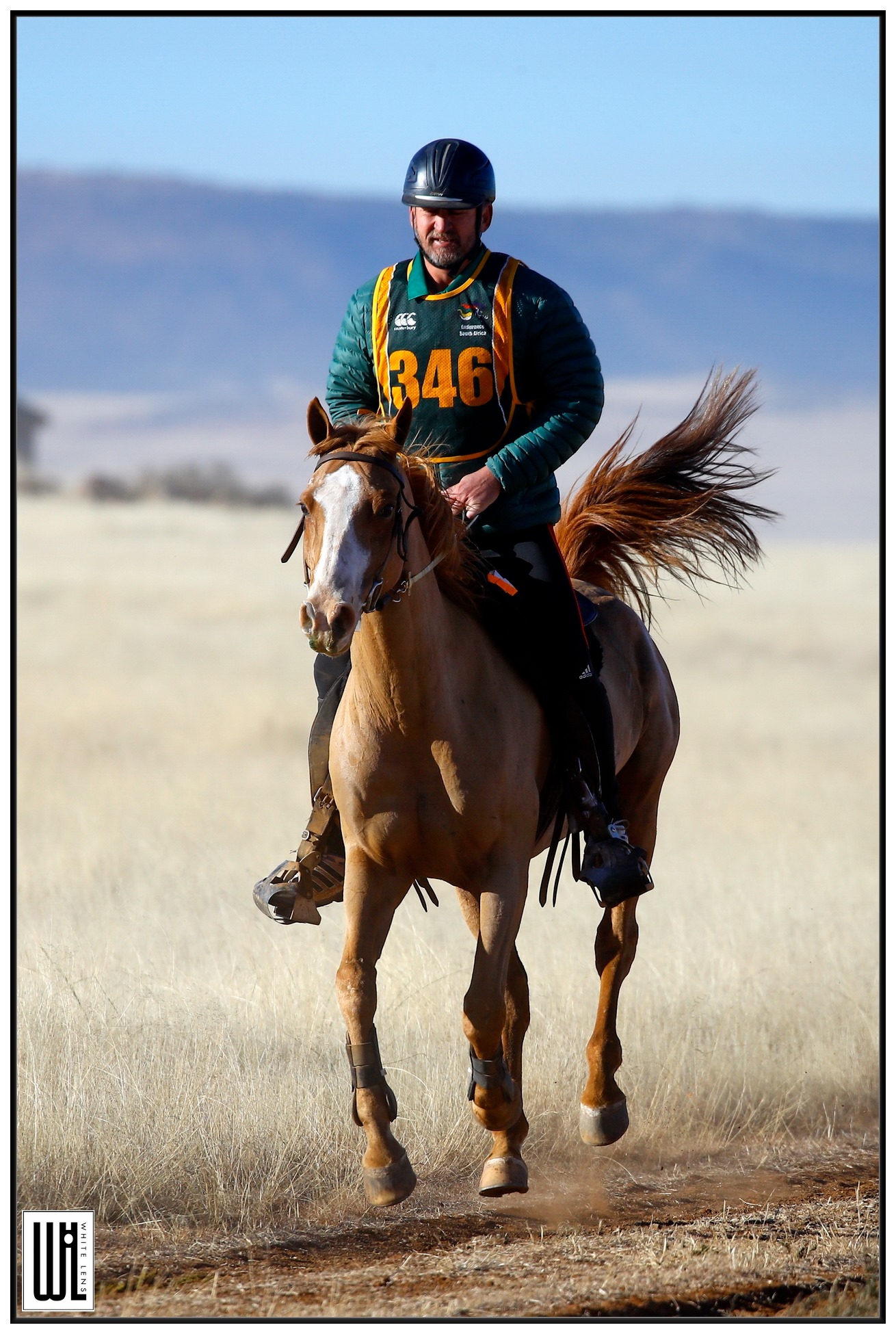

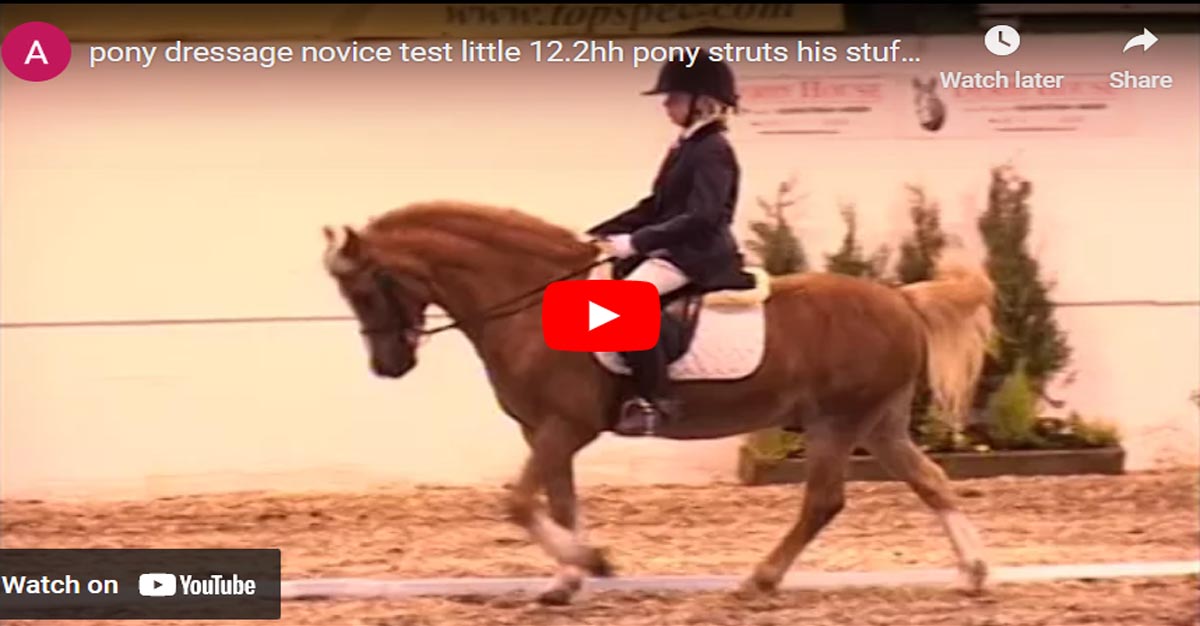
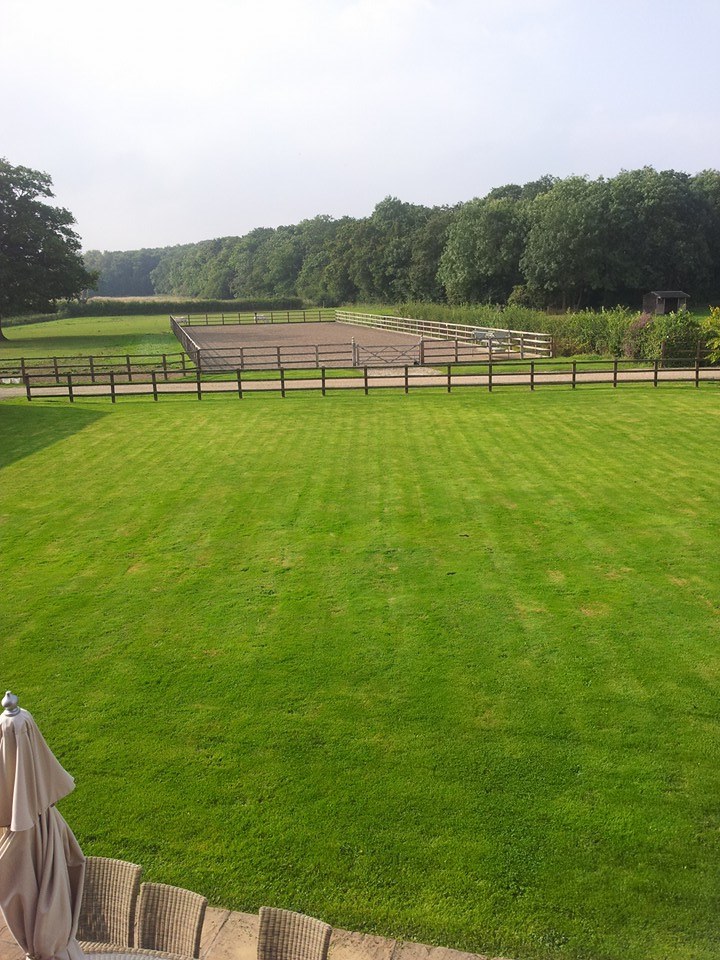
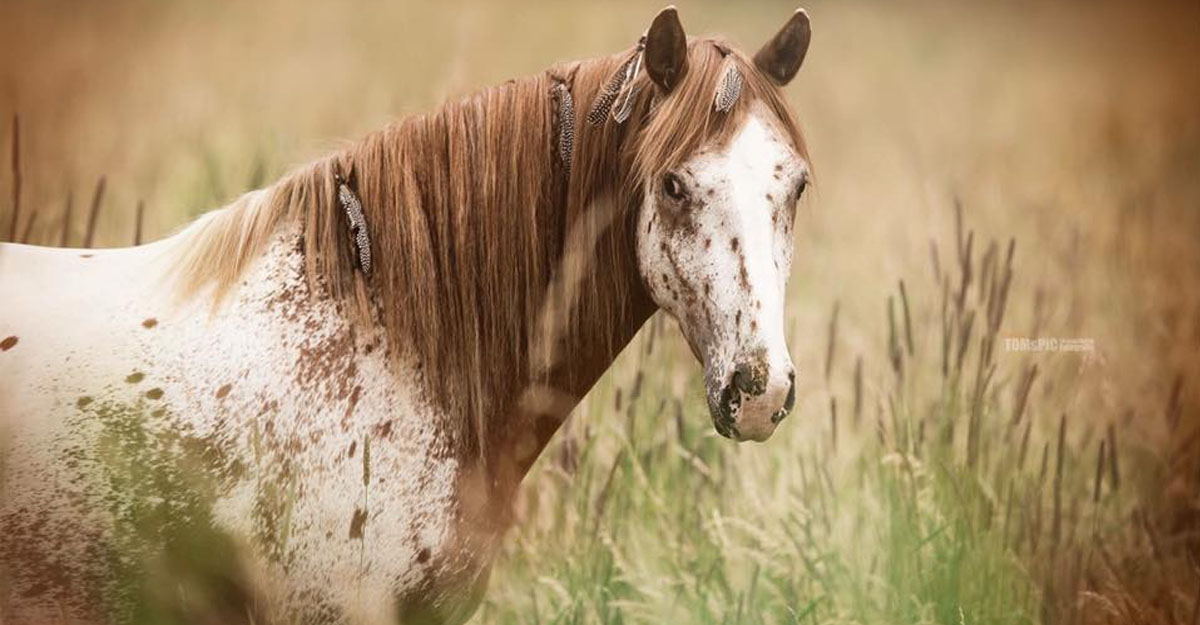
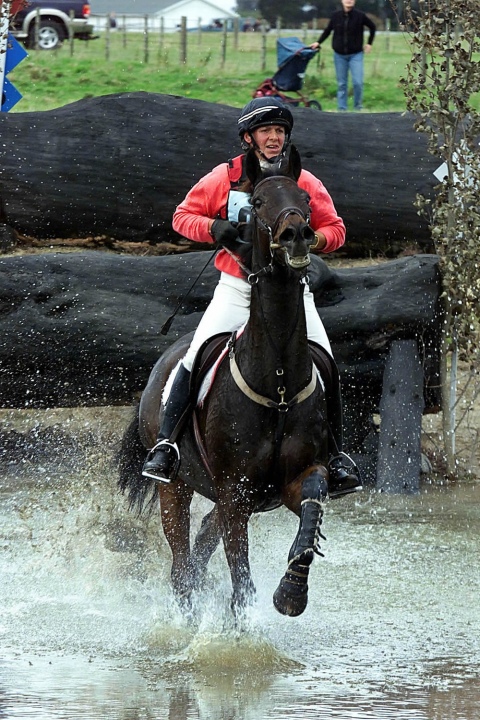
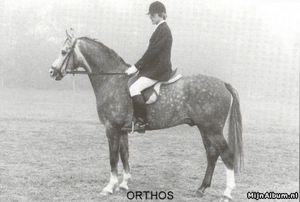
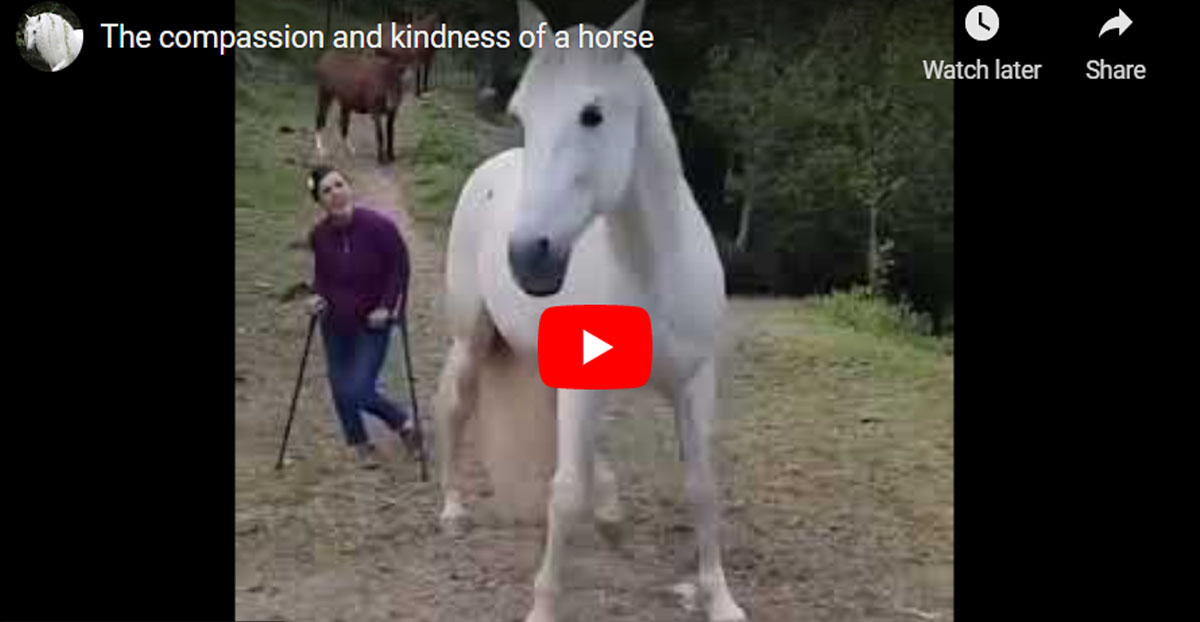
.jpg)
